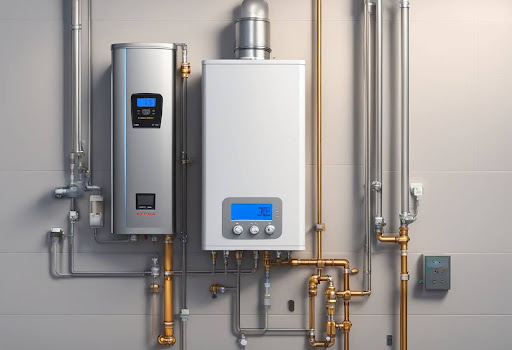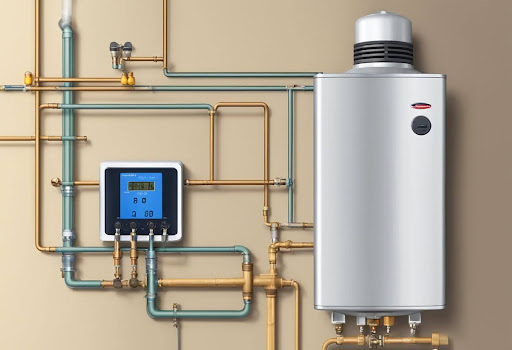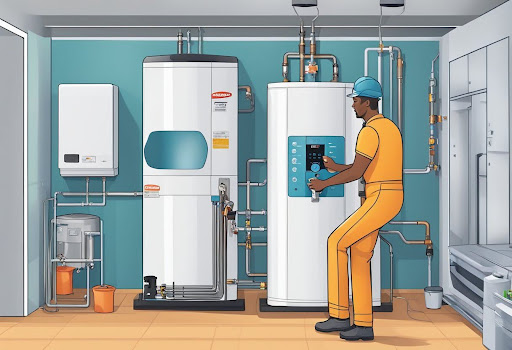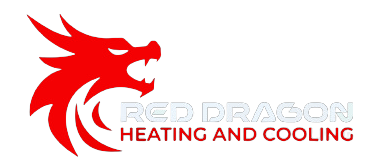- 518.348.9000
- [email protected]
- 117 Van Rd Gloversville,NY 12078
Tankless Water Heater: Efficient Solutions for Modern Homes
Tankless water heaters have revolutionized the way homes and businesses access hot water. Unlike traditional heaters that store water in a tank, tankless models heat water on demand. This means continuous hot water supply without waiting for a tank to refill.
Adopting a tankless water heater can lead to significant energy savings. Heating water only when needed reduces energy consumption, resulting in lower utility bills. Homeowners find this especially beneficial as it also reduces their carbon footprint.
Many are drawn to the compact size of tankless units. These heaters can be installed in small spaces, providing flexibility in location. For those looking to optimize their home or business, tankless water heaters are an efficient and environmentally friendly option.

518 Red Dragon Service Areas Include :

Amsterdam
Amsterdam Tankless Water Heater

Gloversville
Gloversville Tankless Water Heater

Johnstown
Johnstown Tankless Water Heater

Broadalbin
Broadalbin Tankless Water Heater

Fonda
Fonda Tankless Water Heater
Mayfield
Mayfield Tankless Water Heater
Northville
Northville Tankless Water Heater

Understanding Tankless Water Heaters
Tankless water heaters provide hot water on demand and are available in various types. They offer numerous benefits and some limitations for homeowners to consider.
Operating Principles
Tankless water heaters, also known as on-demand or instantaneous water heaters, heat water directly without the use of a storage tank. When a hot water tap is turned on, cold water travels through a pipe into the unit. An electric element or gas burner heats the water as it flows, resulting in a continuous supply of hot water.
The absence of a storage tank eliminates standby heat loss, which can improve energy efficiency. These systems require sufficient power, like proper gas lines for gas units or adequate electrical capacity for electric models. The flow rate determines how much hot water can be provided simultaneously.
Types of Tankless Water Heaters
There are two primary types of tankless water heaters: electric and gas. Electric tankless water heaters are generally smaller and easier to install. They are ideal for point-of-use applications or smaller homes. Gas units, either natural gas or propane, are typically more powerful and suited for larger households with higher hot water demands.
Electric Tankless Water Heaters:
Greater flexibility in installation
Lower initial cost
Requires adequate electrical capacity
Gas Tankless Water Heaters:
Higher flow rates
Can handle multiple simultaneous hot water needs
Requires venting for exhaust gases
Advantages and Limitations
Advantages:
Energy Efficiency: Reduces energy consumption by heating water only when needed.
Space-Saving Design: Compact units can be installed in smaller spaces.
Unlimited Hot Water: Provides continuous hot water if the flow rate is not exceeded.
Longer Lifespan: Typically lasts longer than traditional tank water heaters.
Limitations:
Initial Cost: Higher purchase and installation costs.
Flow Rate: Limited by maximum flow rate, which can affect multiple uses simultaneously.
Retrofitting Challenges: Might require upgrading electrical service or gas lines for installation.
Readers should weigh these factors based on their specific requirements and household needs.
Installation and Maintenance
Installing a tankless water heater requires specific electrical, plumbing, and gas connections. Maintenance involves regular check-ups to ensure efficiency and resolve minor issues.
Installation Requirements
Installing a tankless water heater demands accurate sizing to match the household needs, which helps in maintaining optimal performance. It typically requires a dedicated circuit breaker and appropriate venting for gas models.
Location is crucial; positioning near the primary points of use minimizes heat loss. Properly insulated pipes are essential to prevent energy wastage. Professional installation ensures adherence to local building codes and safety standards. Incorrect installation can lead to inefficiency and potential hazards.

Routine Maintenance Tips
Maintain the efficiency of a tankless water heater with regular checks. Flushing the system every 6 to 12 months helps eliminate mineral build-up, especially in areas with hard water. This prevents scale formation, extending the heater’s lifespan.
Inspect and clean the water filter regularly to ensure an unobstructed water flow. Monitor the venting system for any blockages. Check for error codes displayed on the unit, which indicate when maintenance is required. Engaging a professional for annual inspections ensures all components function properly.
Troubleshooting Common Issues
Occasionally, users may face issues like inconsistent water temperatures or error codes. Inconsistent temperatures could indicate a clogged filter or heat exchanger, which can be resolved by cleaning them.
If the unit displays error codes, refer to the manufacturer’s manual for guidance. A lack of hot water might be due to an electrical failure, gas supply interruption, or an internal component malfunction. Contact a professional to diagnose and fix persistent issues effectively.
WHAT WE DO
Expert HVAC Care, Always.


Residential Installations
Trust us to transform your space into a haven of perfect climate control with our expert HVAC installations.

Commercial Installations
Trust us to transform your space into a haven of perfect climate control with our expert HVAC installations.

Thermostat Installations
Trust us to transform your space into a haven of perfect climate control with our expert HVAC installations.

Air Quality Solutions
Trust us to transform your space into a haven of perfect climate control with our expert HVAC installations.
